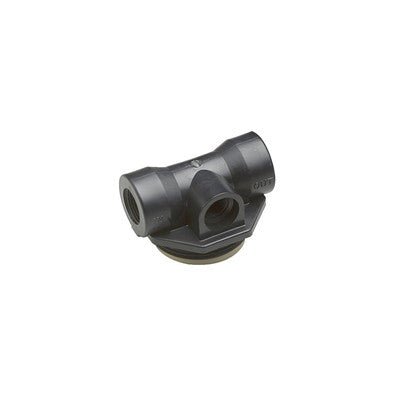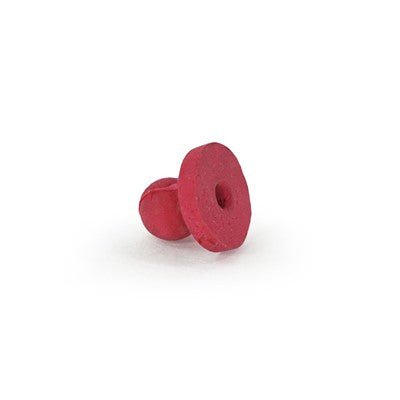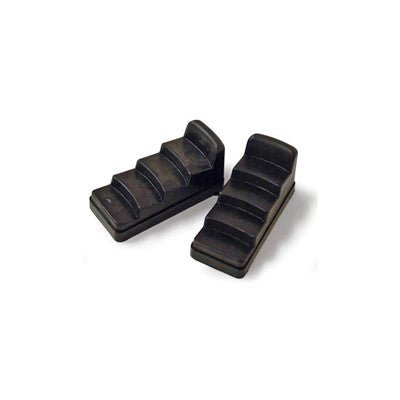Media and Resin

Clack (V3476)-890 In/Out Head w/ 1/2" Port

Clack (U1031-01)-Waterite Check Valve

Clack (U7110)-Plastic Tank Leveling Legs
GAC Filter
You may have stumbled across the word "GAC filter" in your quest for information about improving the quality of your drinking water. Granular activated carbon (GAC) filters are extensively used in water treatment systems to reduce chemical impurities and enhance the water's flavor and aroma.
Granular activated carbon (GAC) filters use GAC as their principal filtration medium for water. Activated carbon is a type of carbon that has oxygen introduced to it, creating millions of microscopic pores in the material. This increases the surface area of the carbon, making it more effective at adsorption, the process by which contaminants in the water are drawn to and trapped by the carbon.
Different-sized and shaped GAC filters all function in the same way. A granular activated carbon bed filters water by adsorbing contaminants onto its surface while the water is pumped through the bed. After going through the filter, the water is ready to be used inside the house.
Adsorption, not absorption, is the mechanism through which GAC filters function. Absorption happens when one material (the carbon in this case) takes in and stores another (the impurities) within its structure. The process of adsorption, on the other hand, involves the attraction and retention of one substance (in this case, the contaminants) on the surface of another (the carbon).
A GAC filter uses an activated carbon with a large surface area and many small pores to remove contaminants. The carbon in the filter traps contaminants including chlorine, VOCs, and certain pesticides and herbicides in the water as it goes through. The water is purified and ready for consumption after going through this procedure.
The chlorine and sulfur odors and tastes that can be present in drinking water can be mitigated with the use of GAC filters. They are also useful for lowering the concentrations of volatile organic compounds, insecticides, and herbicides in drinking water. The filters aren't made to get rid of bacteria, but they can help by getting rid of the organic debris that bacteria thrive on, greatly reducing the number of bacteria in your water supply. When compared to other water filter options, GAC filters are not only inexpensive but also simple to set up and take care of.








